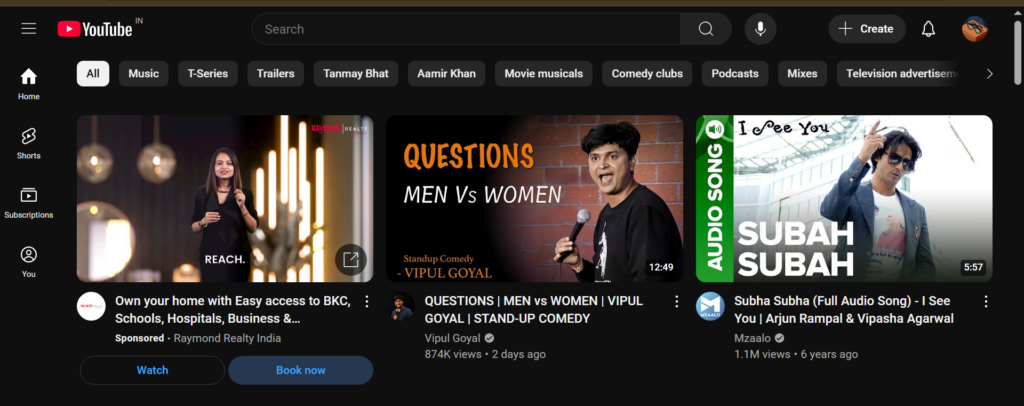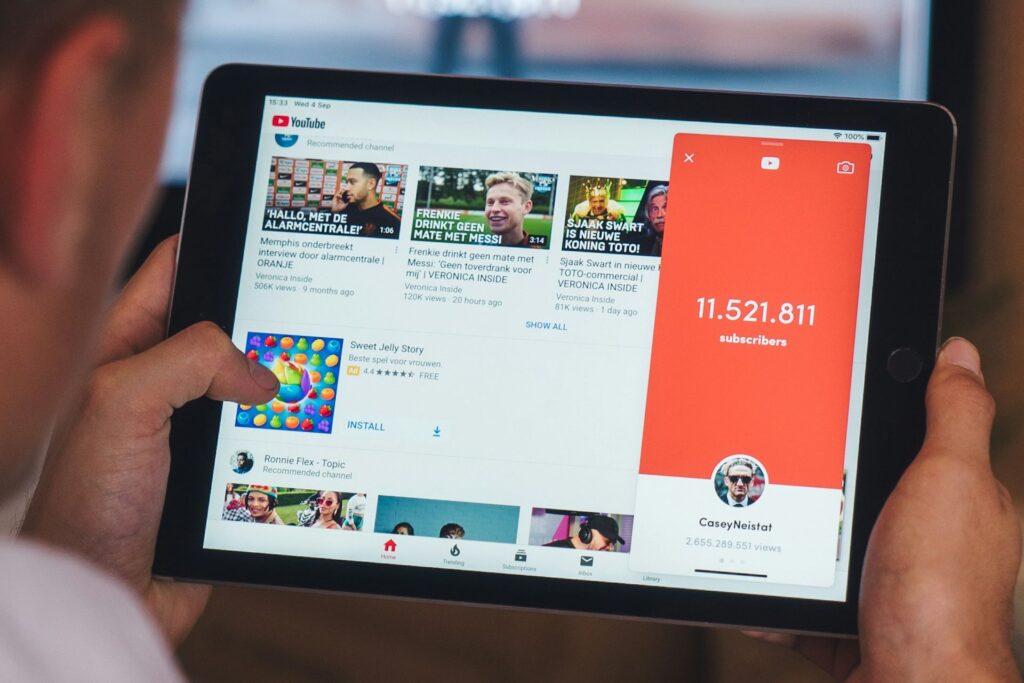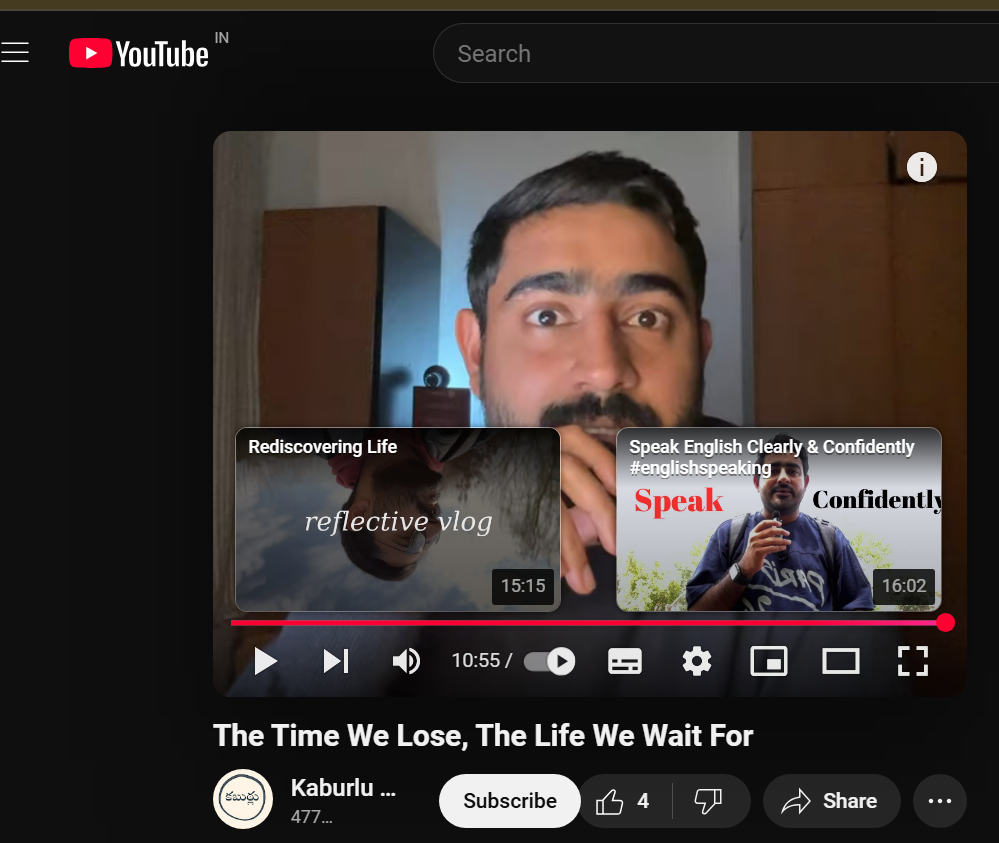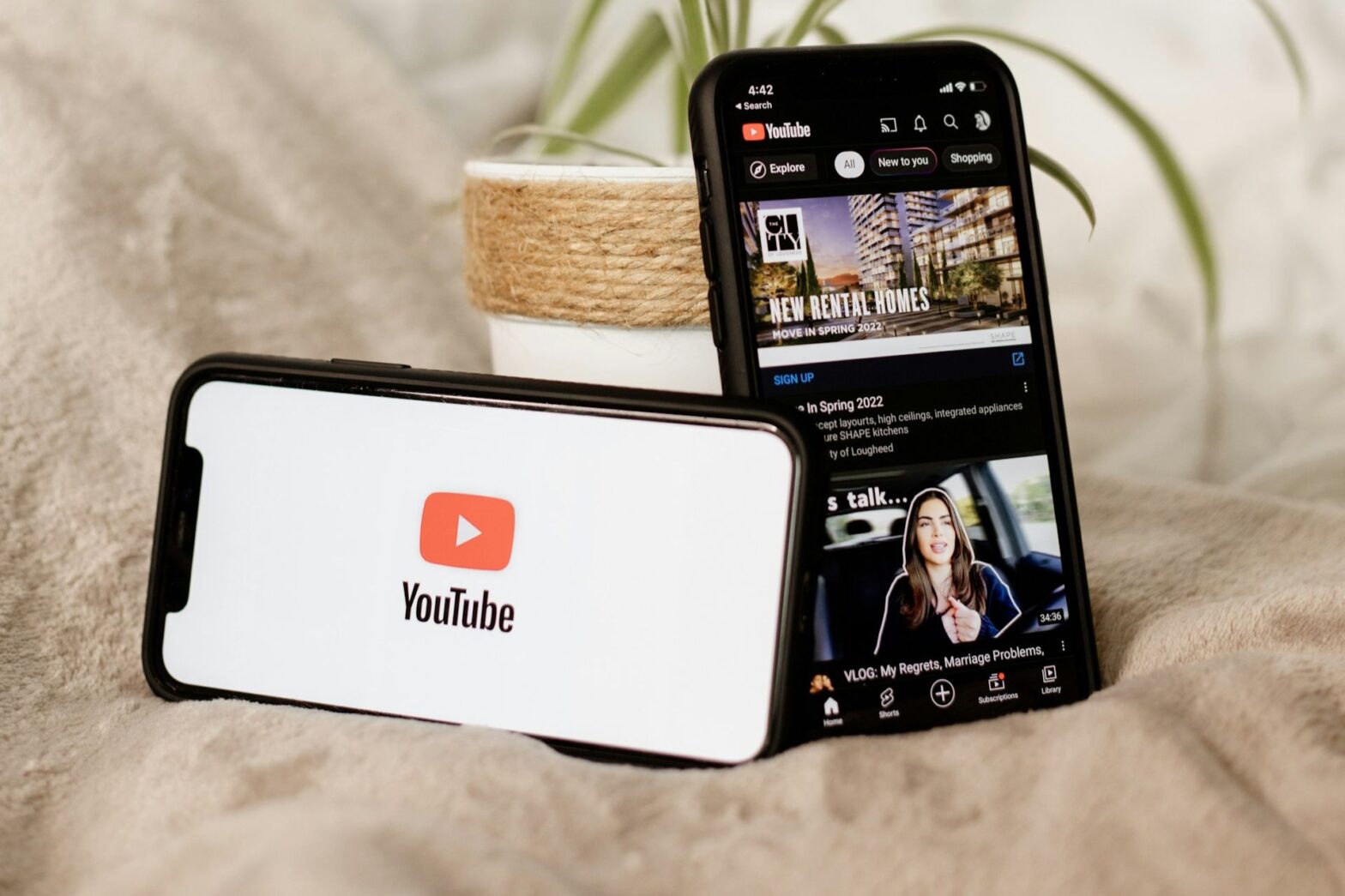Table of Contents
Ever wondered why YouTube seems to know exactly what you want to watch next? One minute, you’re checking out a cooking tutorial, and the next thing you know, you’re knee-deep in cat videos, conspiracy theories, and nostalgic 90s cartoons. Magic? Nope. It’s YouTube’s recommendation system working its algorithmic wizardry!
Let’s break it down and see how YouTube decides what to serve you on a silver platter.
Why YouTube’s Recommendation System Matters
YouTube’s recommendation system is like your personal video concierge. It keeps you hooked, helps creators grow, and ensures that YouTube remains the internet’s favorite time-sink. More than 70% of what people watch on YouTube comes from recommendations, making it the ultimate powerhouse behind video discovery.
For creators, cracking the recommendation code means more views, more subscribers, and more success—so let’s dive into the factors that influence it!
Key Factors Influencing YouTube Recommendations
YouTube’s algorithm is like that friend who knows way too much about your taste in music, movies, and midnight binge sessions. It considers multiple factors before suggesting videos:
1. User Watch History
- What you’ve watched in the past, how long you watched it, and what you searched for all play a role.
- YouTube aims to match your past interests with new content that keeps you engaged. If you are someone who loves comedy and Bollywood, your page might look something like this –

2. Engagement Metrics
- Likes, comments, shares, and watch time all tell YouTube that a video is worth pushing.
- More engagement i.e. higher chances of recommendations.
Read more on – 5 Ways to Increase YouTube Watch Time
3. Content Relevance
- Keywords, metadata, and video topics determine if content matches what you (or similar users) might like.
- YouTube scans titles, descriptions, and tags to figure out what the video is about.
Read more on – How to Optimize Videos for YouTube Search
4. Video Performance
- Click-through rate (CTR): Do people actually click on the video?
- Audience retention: How long do viewers stick around?
- Session time: Does the video keep users on YouTube for longer?
Read more on – How to Improve YouTube CTR?
5. Diversity & Freshness
- YouTube doesn’t just recycle old content—it mixes in fresh videos alongside familiar ones.
- Trending topics and newly uploaded videos often get a boost.
How YouTube’s Recommendation System Works

Now that we know the key ingredients, let’s see how YouTube serves up these tasty recommendations across different sections of the platform.
1. Home Page Recommendations
- The first thing you see when you open YouTube.
- Based on your watch history, trending content, and subscriptions.
- YouTube tries to balance familiar channels with fresh suggestions.
2. Suggested Videos (Sidebar & End Screen)
- These show up next to the video you’re watching or on the end screen.
- YouTube finds videos related to the one you’re watching based on topic, engagement, and viewer behavior.

3. YouTube Search & Explore Recommendations
- Search results aren’t just based on keywords but also relevance, engagement, and personal watch history.
- The “Explore” tab helps surface trending content and viral hits.
4. Shorts Feed Algorithm
- YouTube’s reel-style Shorts feed walks on the same path as its brother Instagram, i.e. relies heavily on watch time and engagement.
- The more you interact with certain types of Shorts, the more similar content YouTube will recommend.
How to Optimize Content for Better Recommendations
Want to get on YouTube’s good side? Here’s how you can improve your chances of getting recommended:
- Create engaging content – Focus on high retention and watch time.
- Use compelling titles & thumbnails – Boost that CTR without resorting to clickbait.
- Encourage interaction – Ask viewers to like, comment, and share.
- Optimize metadata – Use relevant keywords in your title, description, and tags.
- Be consistent – Regular uploads help build an engaged audience.
Common Myths About YouTube Recommendations
Let’s bust some of the biggest misconceptions about YouTube’s algorithm!
Myth 1: More uploads guarantee more recommendations
- Quality > Quantity. Spamming videos won’t help if engagement and retention are low.
Myth 2: Clickbait always improves rankings
- Clickbait might get clicks, but if viewers leave immediately, your ranking will suffer.
Myth 3: Only big creators get recommended
- Even small creators can get recommended if their content is engaging and relevant.
Conclusion
YouTube’s recommendation system isn’t magic or wizardry, it’s just a smart, data-driven machine that learns from your behavior. Understanding how it works can help creators grow their channels and viewers find content they love. So next time you end up on a random late-night YouTube binge, just remember—you didn’t find that video, YouTube found it for you!

